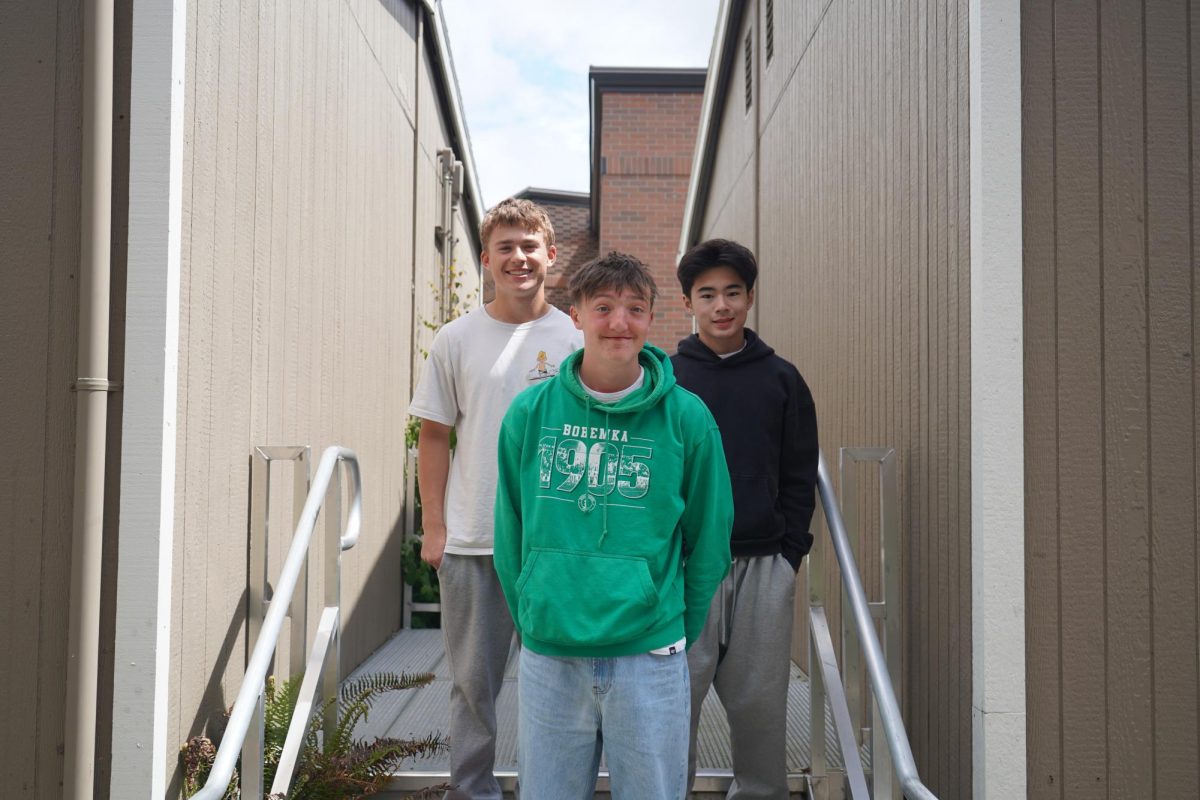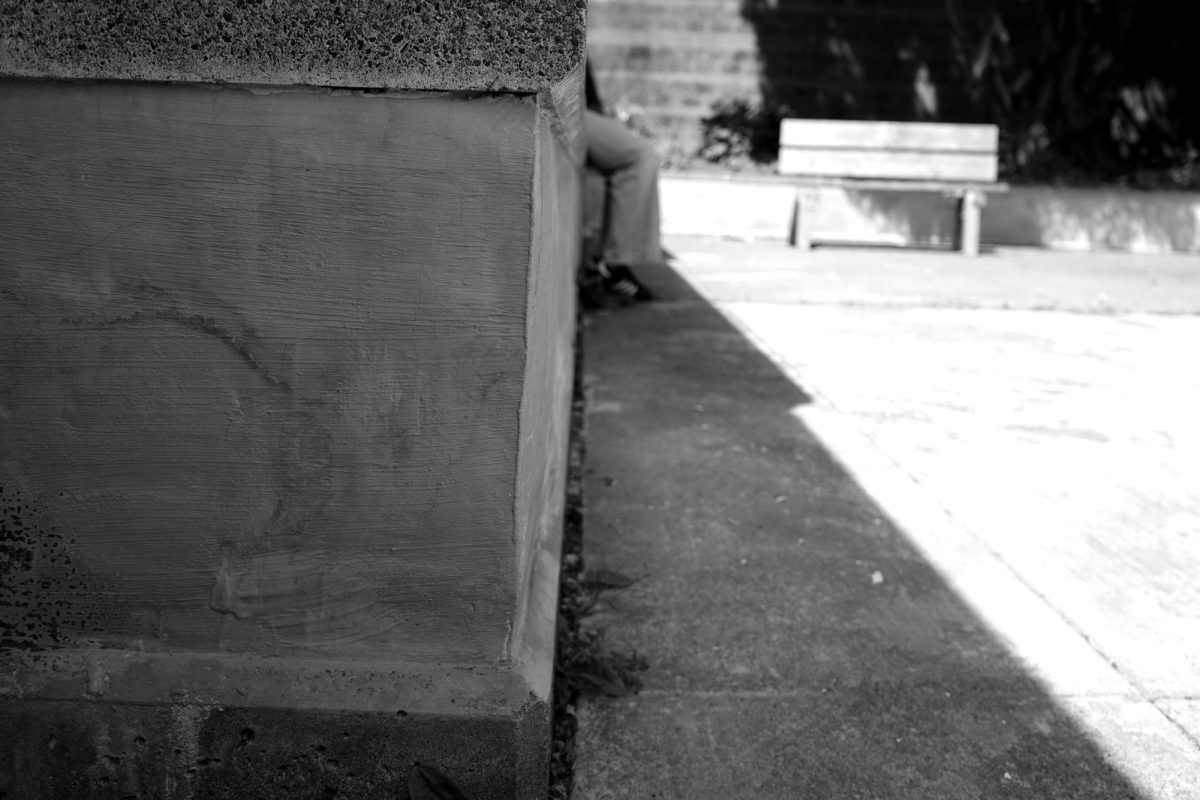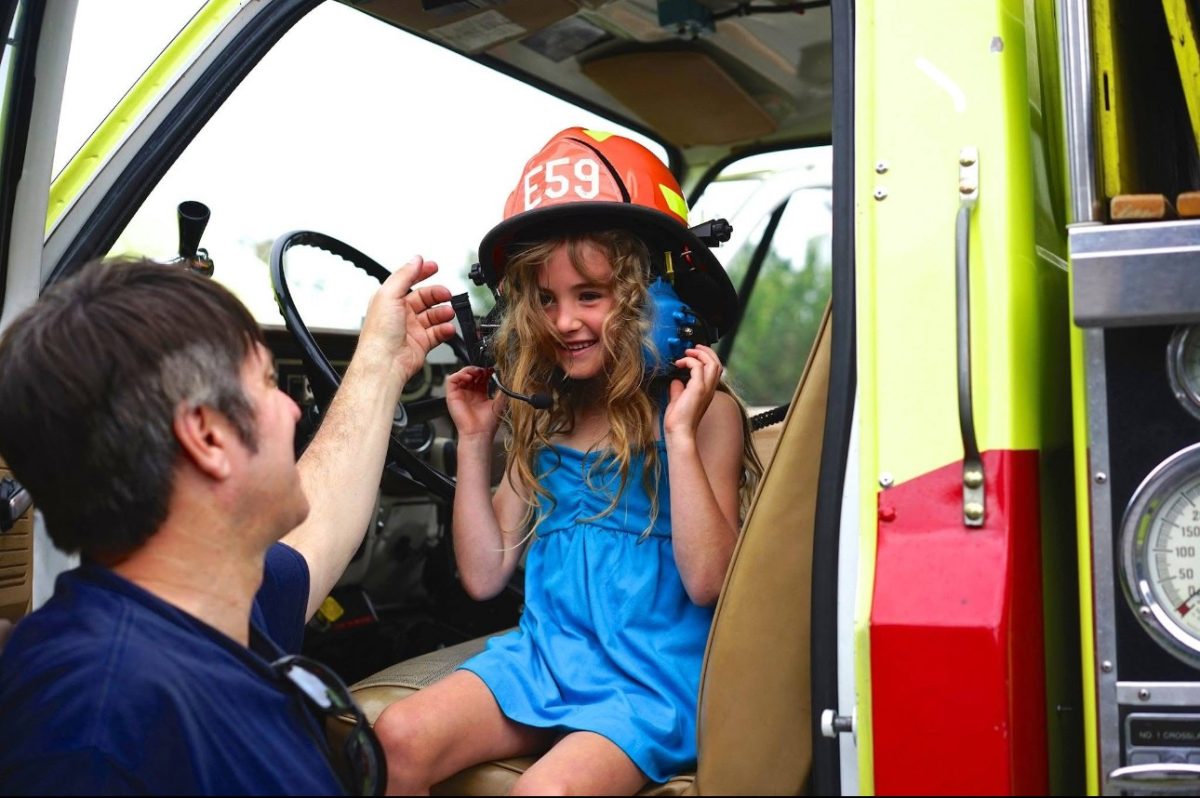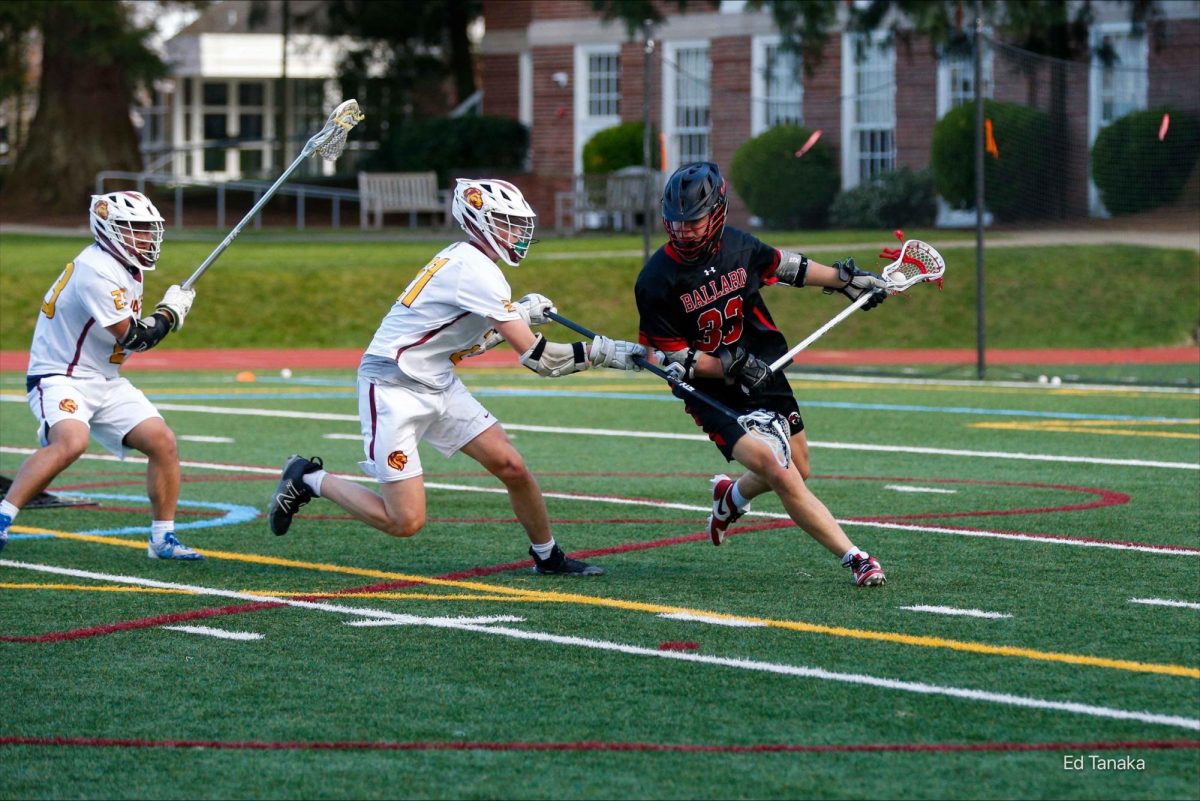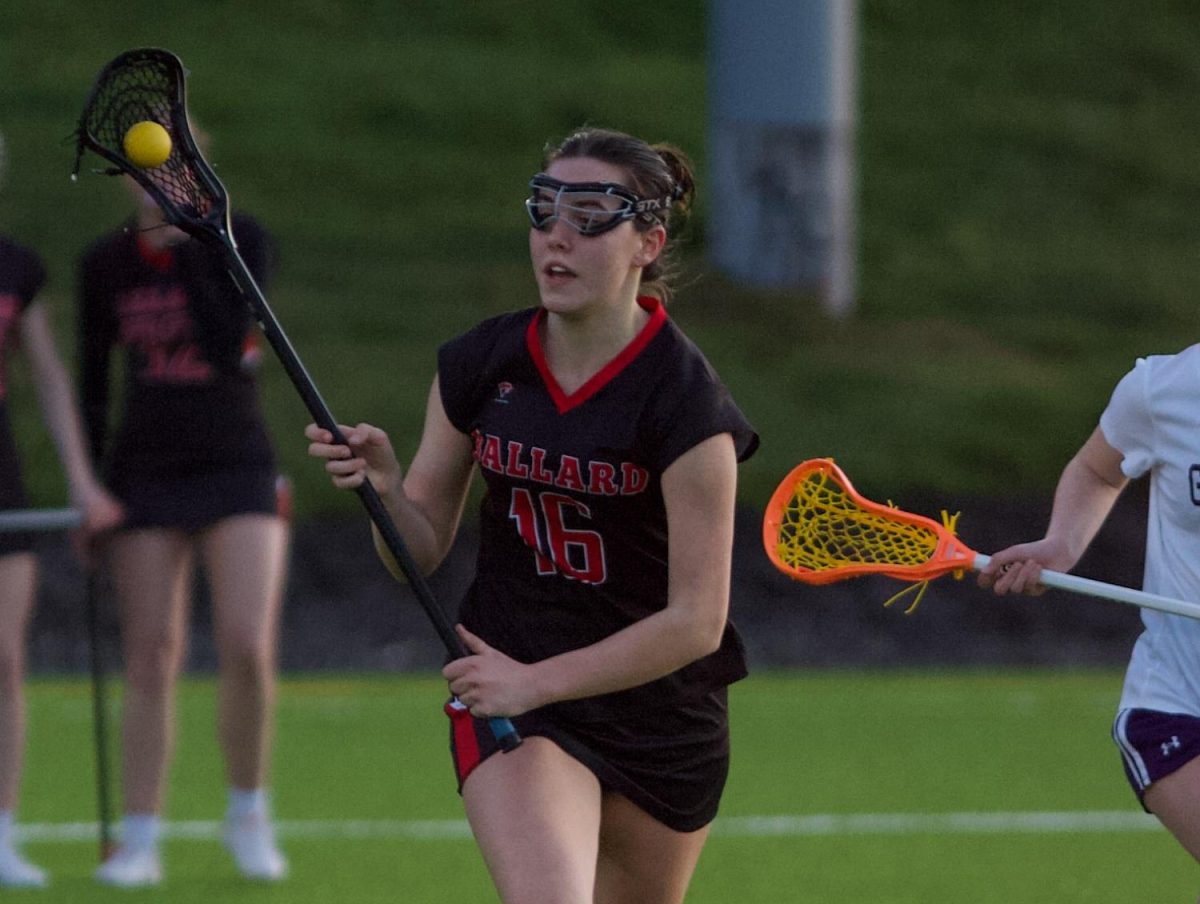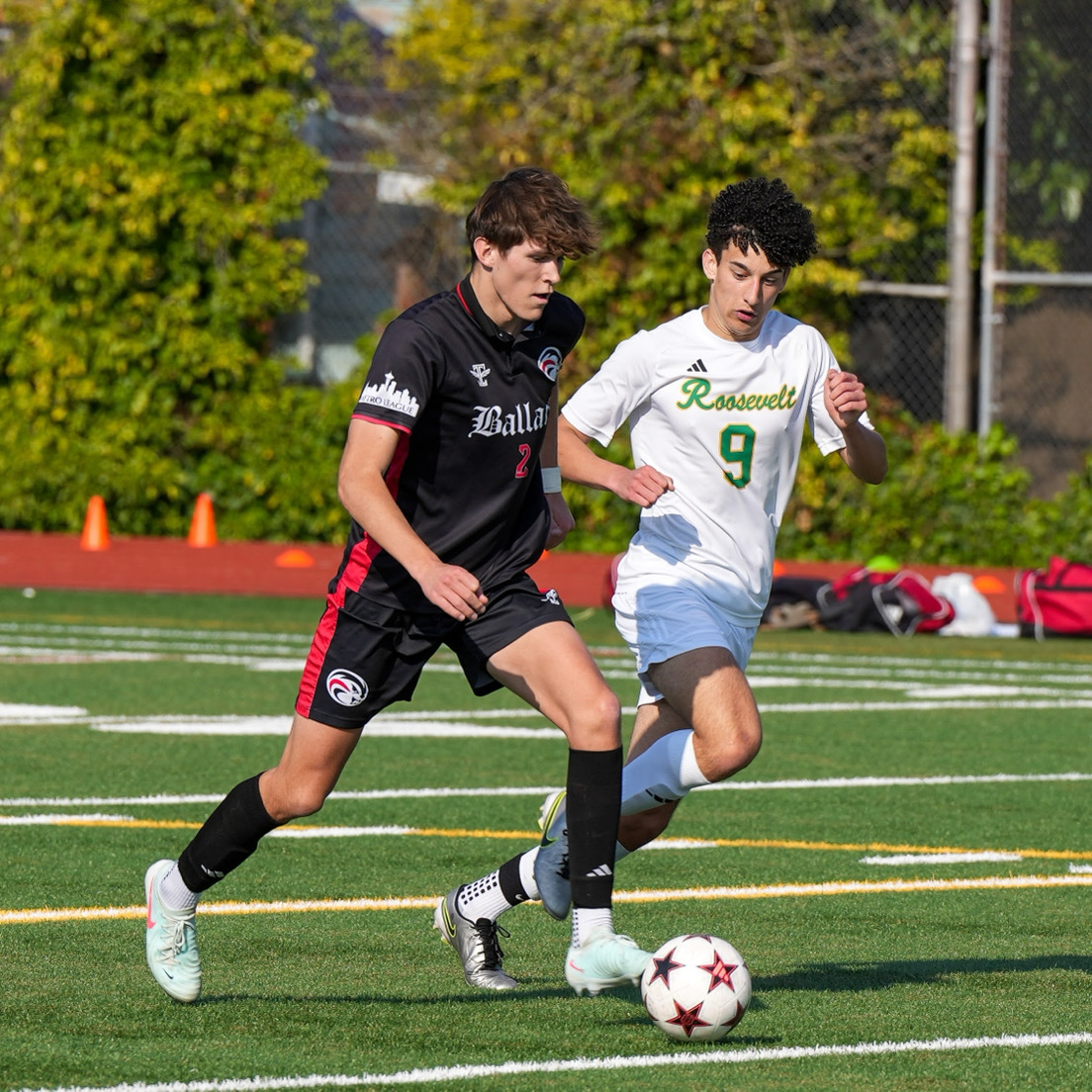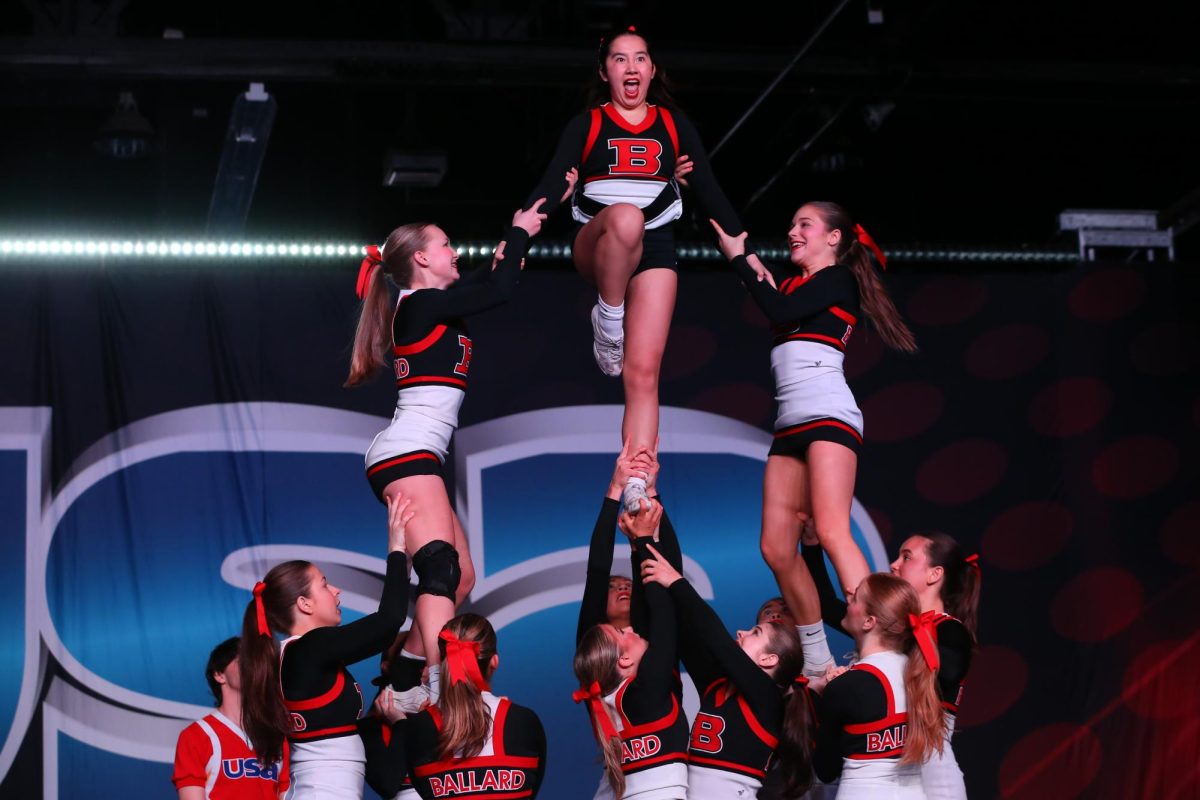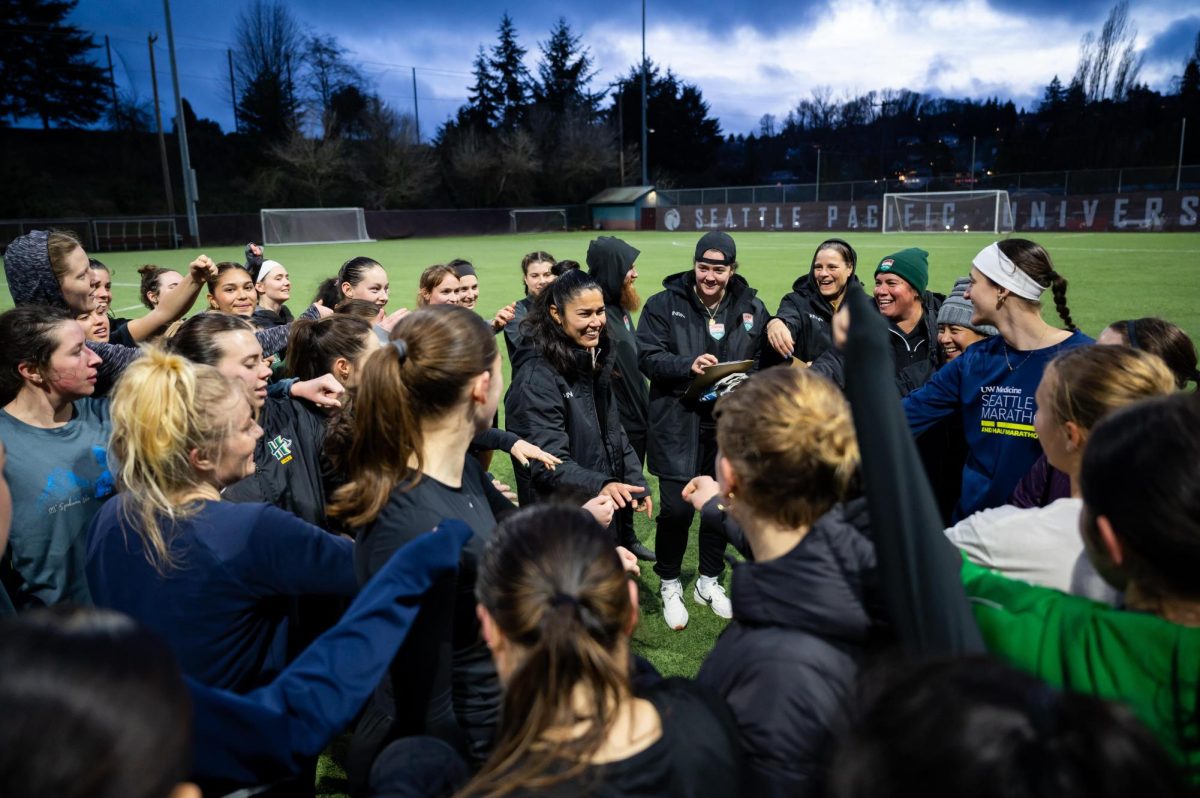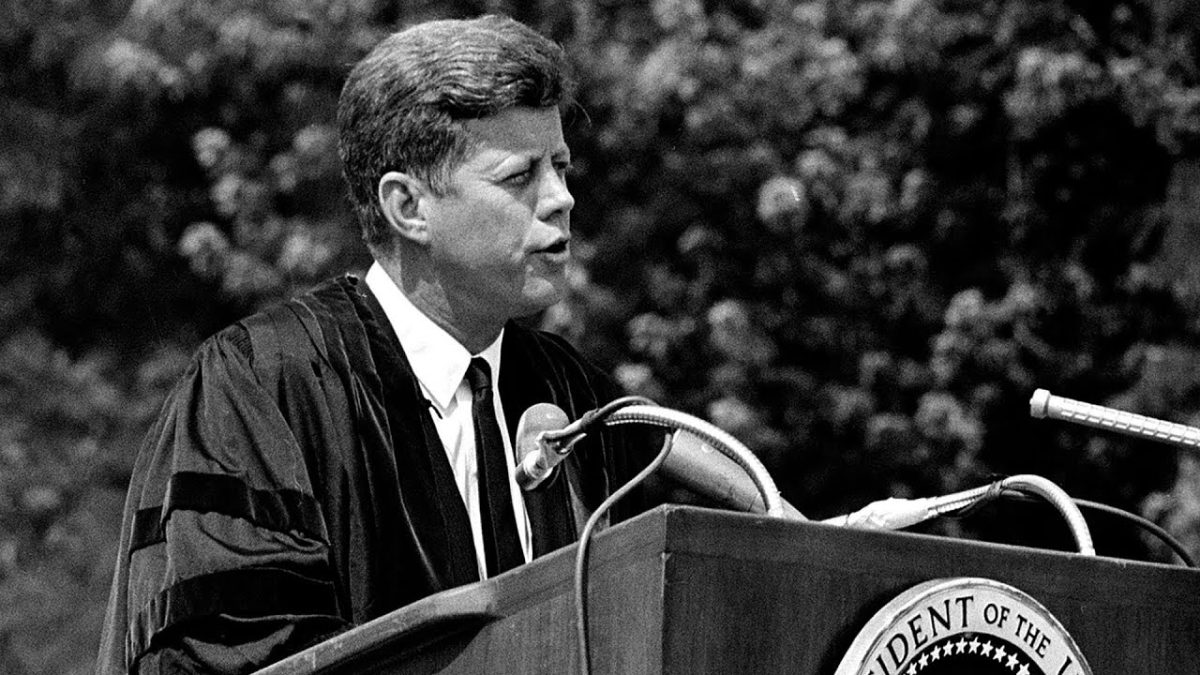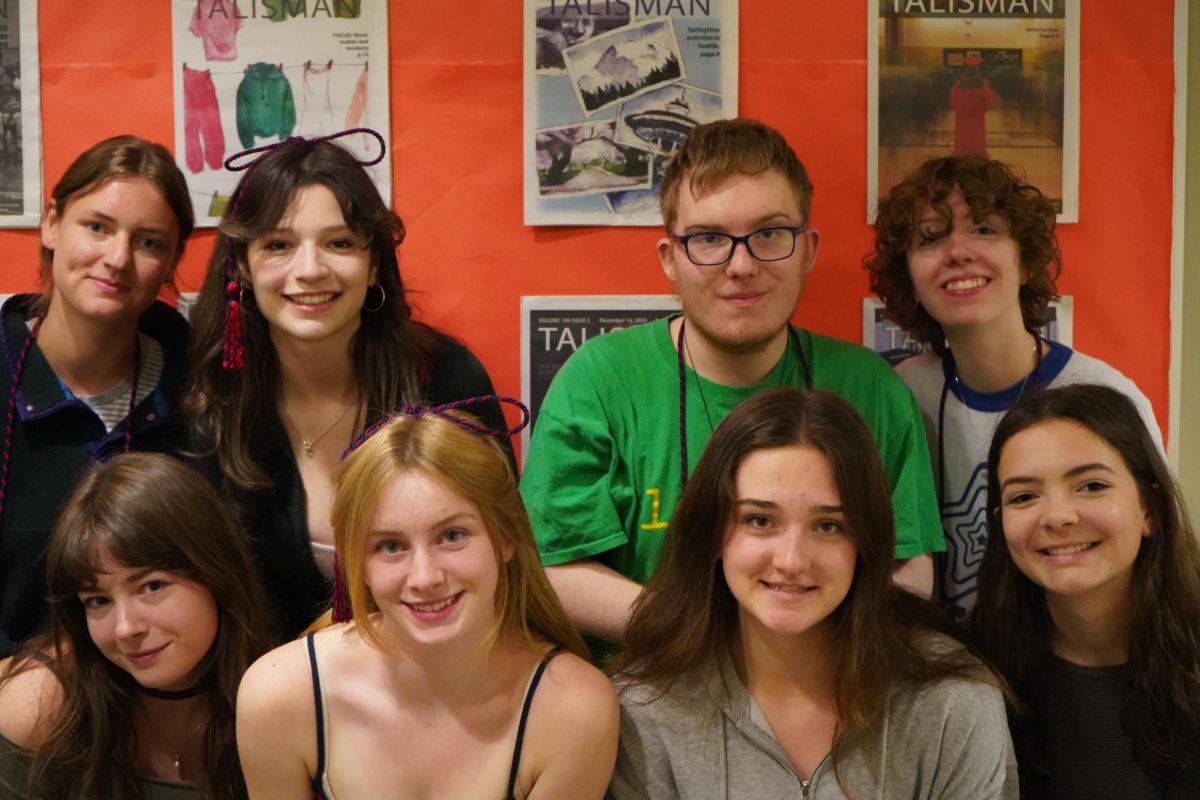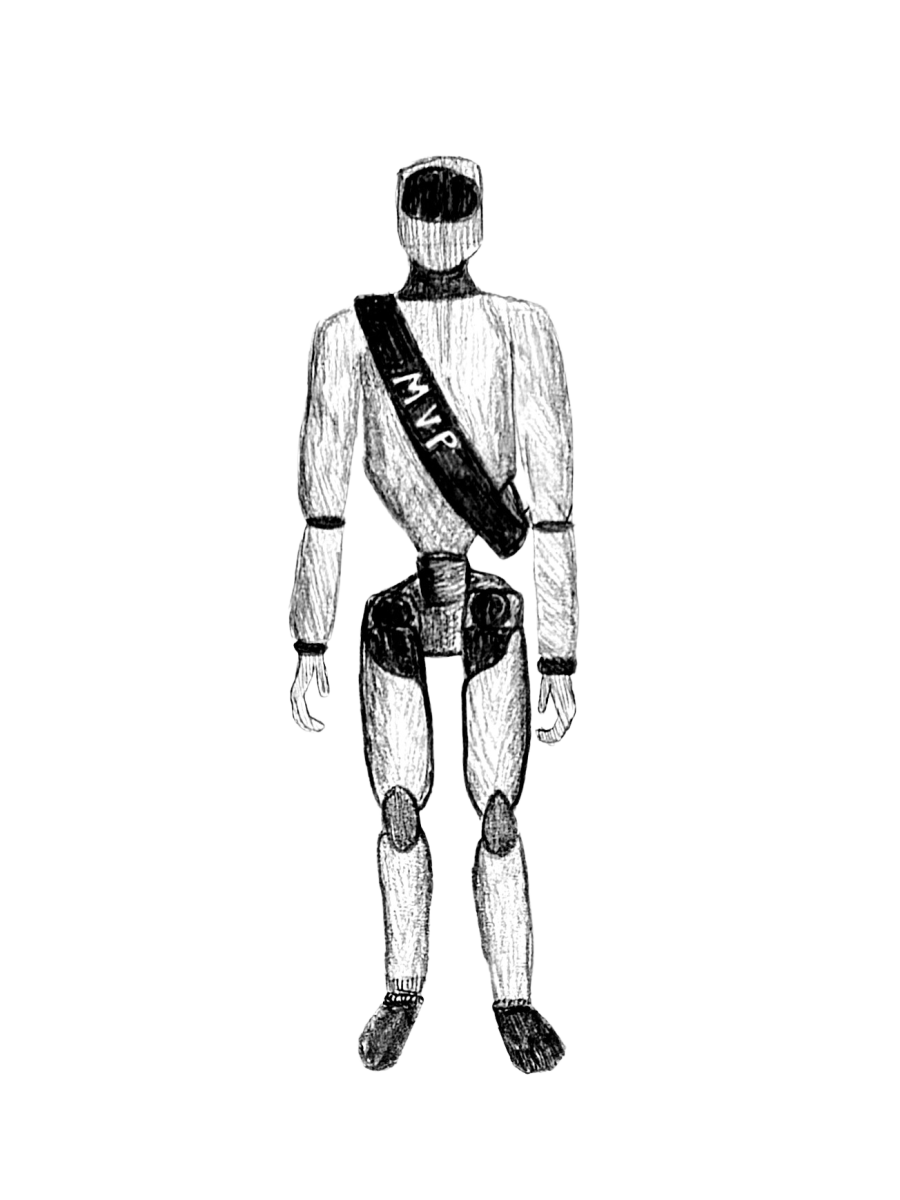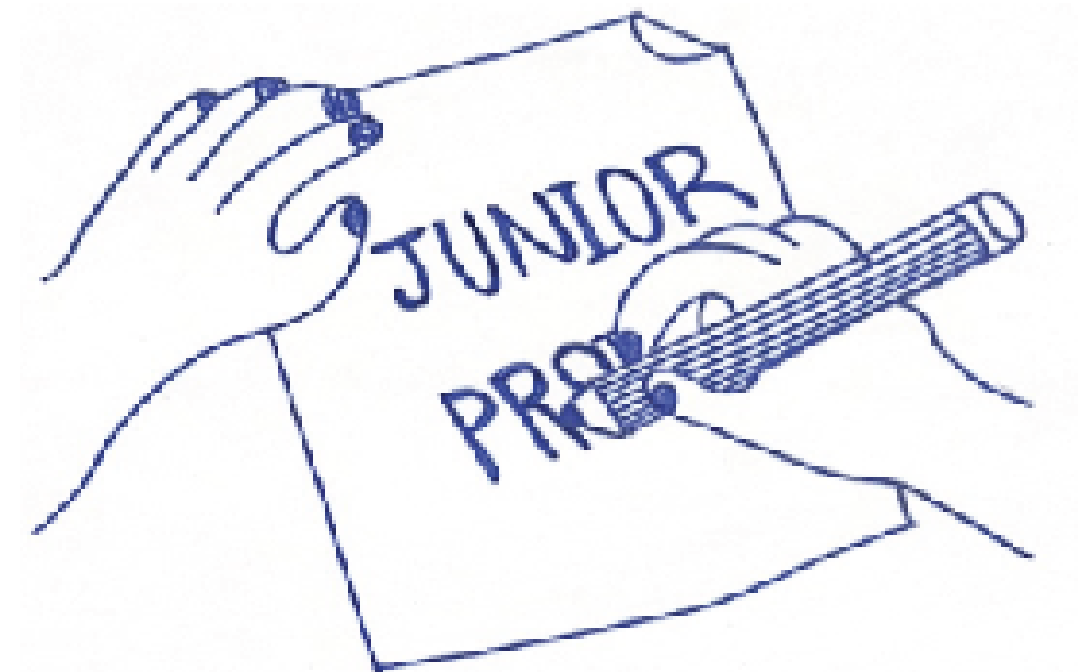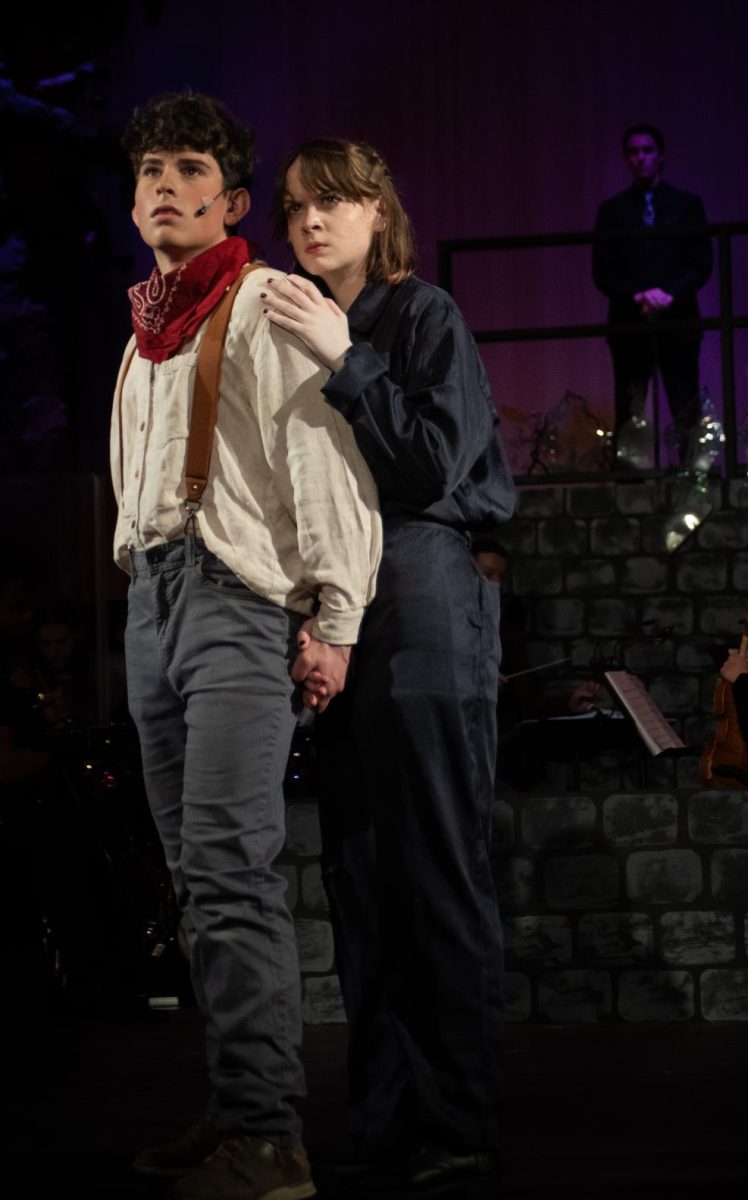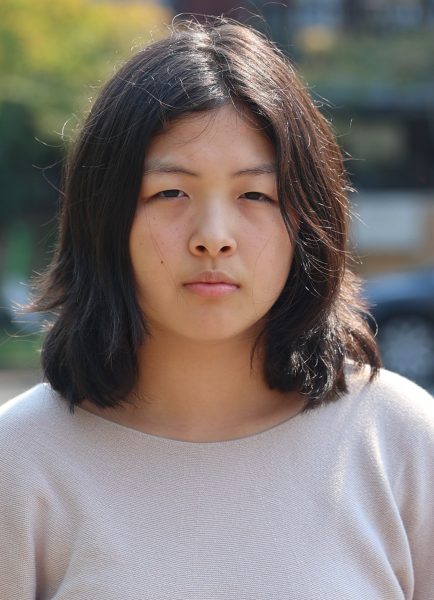BHS has historically offered two pathways to earn college credit: Advanced Placement (AP) courses – which prepare students to take the AP exams – and the Running Start program through Seattle Colleges. However, in recent years, college in the high school courses (CIHS) have gained popularity as another alternative for students to earn college credit.
For the upcoming 2024-2025 school year, BHS juniors will now have the chance to earn college credit for U.S. History through college-level projects and writing assignments. Many teachers see this as a great opportunity for students to have another option to earn college credit other than the traditional AP exam or having to attend Running Start, which requires students to go off campus to attend one of the Seattle Colleges.
“We already do the junior project in our U.S. history classes which is a college-level essay and we felt like if students were already doing this college-level assignment, we might as well try to give students college credit,” history teacher Trevor Holmgren said. “This also gives students an option to earn college credit in a different way without having an intense standardized test.”
The junior paper entails several steps, including students selecting their own research topic from primary sources and crafting an argumentative essay. This closely aligns with a project college students would undertake, thus making the high school class eligible for credit.
“The project is very structured,” history teacher Robin Dowdy said. “Students first pick a topic to research and then they do a lot of digging into primary sources. They are using their research to write an argumentative paper. North Seattle College also does a very similar project so students should have an opportunity to earn college credit through this paper. It’s probably the best project in our department.”
North Seattle College will also give teachers guidelines for two additional writing projects in order for students to meet the requirements to earn credit.
“The component of the class is that there will be a total of three writing pieces juniors must fulfill,” Holmgren said. “We haven’t agreed as a department on what the two writing projects will be but they certainly won’t be as large as the junior project. We’ll start building those assignments once we hear from North Seattle College on what the requirements are.”
AP United States History (APUSH) will also be incorporating the junior project this school year. Teachers believe that this will allow students to have an opportunity to do research and hone a wide range of skill sets – such as researching, analyzing and writing – as opposed to taking a standardized exam.
“We will also be including the junior paper in APUSH starting this year. This will give students an opportunity to acquire a research project,” social studies teacher Shawn Lee said. “APUSH is already a challenging class so I think adding the junior project will really prepare students for college.”
Many students who took regular U.S. history in the past believe the workload and class content should qualify for college credit. Moreover, having more options for students to earn college credit presents students with more opportunities to take more rigorous courses.
“I think both APUSH and U.S. History are good courses in their own ways but having more options to earn college credit is a definite game changer for students, especially for people who are not good test takers or want a lighter class,” senior Maisie Finn said. “I took regular U.S. history last year and the junior project was a big part of that. It was a long paper and I would say it was the biggest project I’ve done in high school but it’s a good learning experience.”

